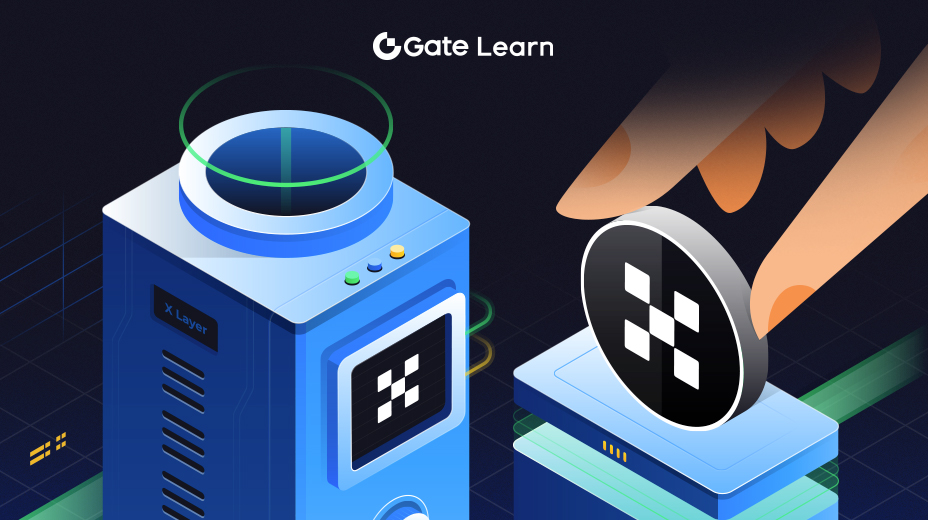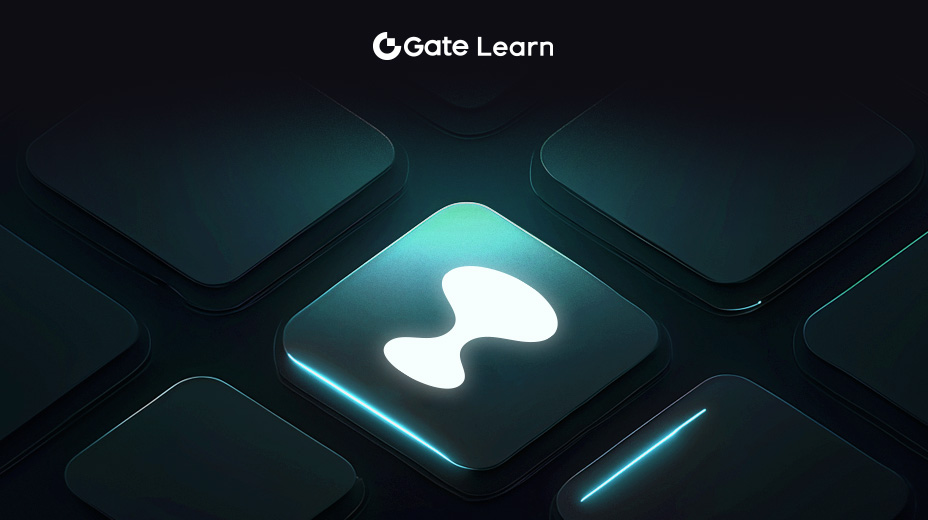Introduction to Chromia
This module provides a foundational understanding of the Chromia ecosystem, exploring its unique proposition in the blockchain space, the integration of relational databases, and the overarching features that set it apart. We'll delve into what Chromia is, the concept of Relational Blockchain, and an overview of its distinctive features, setting the stage for a deeper exploration of its architecture, applications, and impact on the development of decentralized applications.
What is Chromia?

Chromia is a blockchain platform designed to enable the creation of decentralized applications (dApps). It is developed by ChromaWay, a company with a history in blockchain technology since 2014. Chromia aims to address scalability, speed, and cost issues associated with traditional blockchain platforms.
The platform combines blockchain technology with relational databases. This hybrid approach allows for improved data management and query capabilities compared to traditional blockchains. Chromia is built to support a wide range of applications, from gaming to finance and beyond.
Chromia’s architecture allows for individual dApps to operate on their own sidechains. This design choice ensures that dApps can scale effectively without congesting the main network. It also provides developers with greater control over their applications’ governance and update mechanisms.
The CHR token powers the Chromia ecosystem. It is used for various purposes, including paying transaction fees, staking for network security, and participating in the governance of the platform. CHR plays a central role in maintaining and operating the Chromia network.
The concept of Relational Blockchain

Relational blockchain is a unique concept introduced by Chromia. It merges traditional relational database management systems (RDBMS) with blockchain technology. This combination offers a familiar environment for developers, easing the transition to blockchain development.
Relational blockchains store data in tables, similar to conventional databases. This structure allows for complex queries and operations, making data retrieval and manipulation more efficient. It contrasts with the key-value storage used in many other blockchain platforms.
The relational model in Chromia enhances smart contract capabilities. Developers can write more sophisticated and flexible contracts, leveraging SQL-like query language. This flexibility opens up new possibilities for dApp functionality and complexity.
Chromia’s relational blockchain approach also improves scalability. By organizing data more efficiently and allowing for parallel processing of transactions, the platform can handle higher transaction volumes. This makes Chromia suitable for enterprise-level applications and services.
Overview of Chromia’s unique features
Chromia offers several features that distinguish it from other blockchain platforms. One key feature is its user-friendly development environment. Developers can use a SQL-based language to write smart contracts, making the platform accessible to a broader range of programmers.
The platform also includes a novel consensus mechanism tailored to its relational blockchain structure. This mechanism ensures network security and integrity while maintaining high throughput and low latency. It is designed to support a large number of dApps running simultaneously without compromising performance.
Chromia’s focus on dApp autonomy is another standout feature. Each dApp operates on its own sidechain, giving developers full control over their application’s behavior and economy. This level of independence is rare in the blockchain space and empowers creators to innovate freely.
Highlights
- Chromia is a blockchain platform that integrates with relational databases to enhance scalability, speed, and data management for decentralized applications (dApps).
- It introduces the concept of Relational Blockchain, combining traditional database structures with blockchain’s security and decentralization, allowing for complex queries and efficient data manipulation.
- The platform supports individual dApps on their own sidechains, promoting scalability and developer control over governance and updates.
- The CHR token is central to the ecosystem, used for transaction fees, staking, and governance.
- Chromia’s unique features include a user-friendly SQL-based development environment, a novel consensus mechanism for high throughput, and dApp autonomy with sidechain operation





